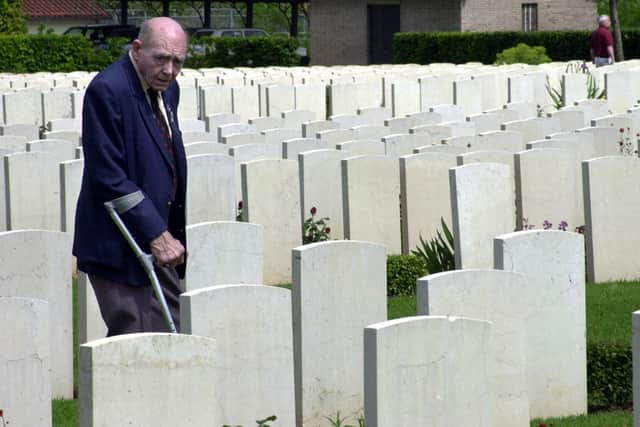Germans surrender in large numbers as Cassino battle nears its end (1944)
and live on Freeview channel 276
Up to noon on Saturday, March 18, 1944 only 51 German prisoners had been taken in the battle – “an indication of the ruthless character of the fighting”. Both Allied and German casualties were expected to be heavy when the full count is made.
The principal remaining centre of resistance is the Hotel Continental, where two German tanks were established in the foyer, offering a “suicide” resistance. The Allies were pouring shells into them from a range of 30 yards.
Advertisement
Hide AdAdvertisement
Hide AdEarly on Monday, March 20, there had been a determined struggle for Hill 193, between Monastery Hill and Cassino. The Germans had regained the height early in the morning, but were thrown out again. Monte Cassino spur was still in German hands, and a co-ordinated attack by Allied tanks and infantry, moving down behind the monastery to cut off the Germans was ongoing.


A valuable position providing a base for the assault on Monastery Hill was recaptured by Indian troops on the Saturday after it had changed hands twice on the Friday.
According to Rome radio, hundreds of aircraft bombed the German-held portion of Cassino at dawn on Sunday, March 19. The radio added: “Never before in the Italian campaign has such savage fighting been seen. Pages of heroism on both sides are being written around heaps of rubble.”
Patrolling was keeping the remainder of the Fifth Army front in a state of constant alert for the crucial moment when the Allies pour into the Liri Valley after Cassino.
Advertisement
Hide AdAdvertisement
Hide AdIn their biggest effort since the battle started, the Luftwaffe had sent waves of between 15 and 30 bomb-carrying FW 190s over the Cassino sector on the Saturday. Most of the attacks were broken up and seven enemy machines were shot down.
Chilean Roman Catholic Bishops had appealed to British PM Winston Churchill, President Roosevelt, and Hitler to save Rome from becoming a battlefield.